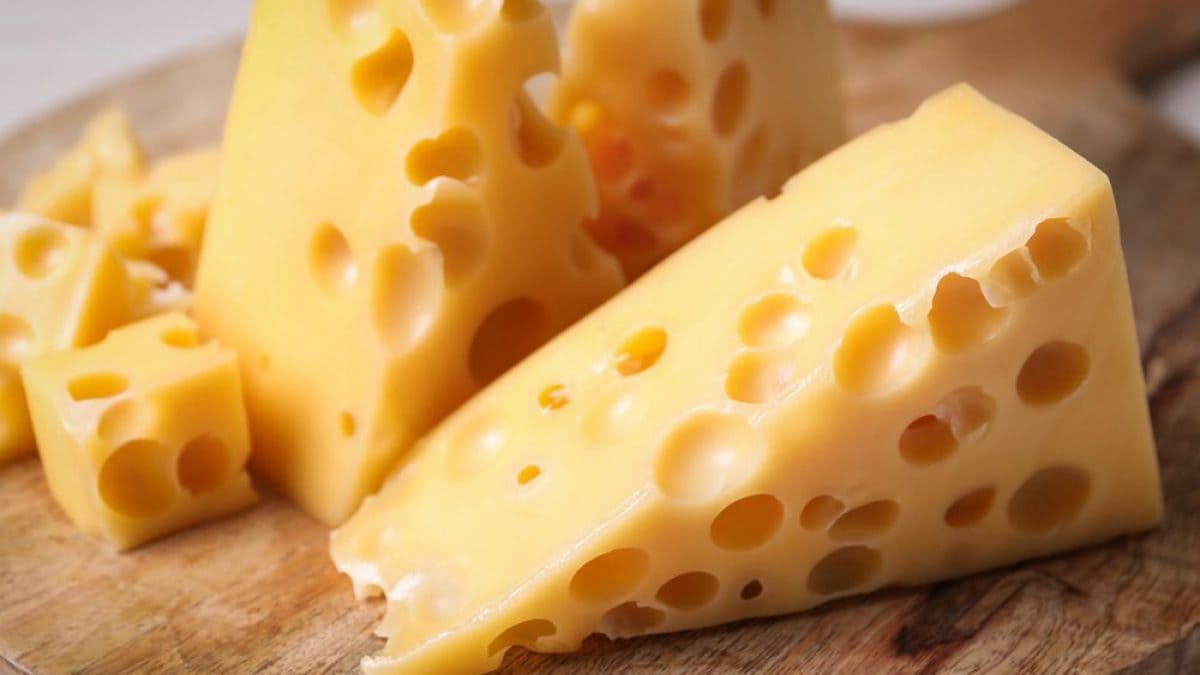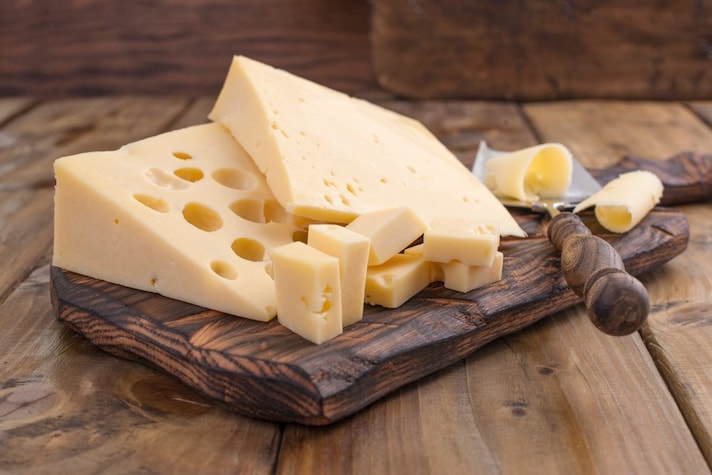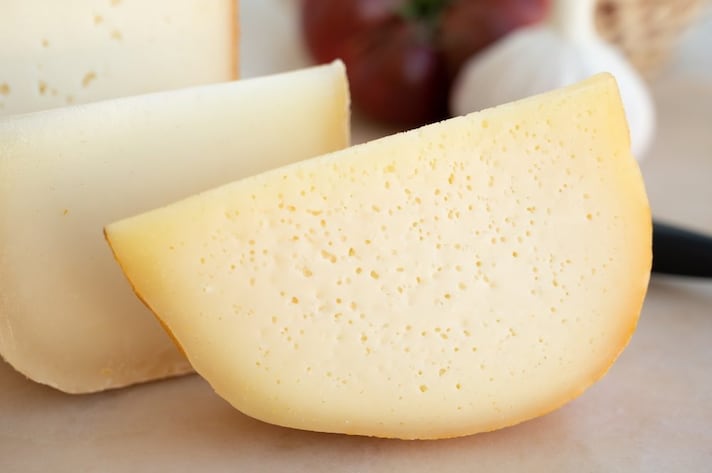
The term "Swiss cheese" often refers to a series of traditional, inherited dairy products with a very distinctive characteristic: large holes in their texture. Cheeses like Emmental and Leerdammer are instantly recognizable precisely for this characteristic. But have you ever wondered why these cheeses have holes and how important they are?
Why "Swiss Cheeses" Have Holes: The Role of Propionic Acid Bacteria
The holes in Swiss cheese, such as Emmental (Emmentaler in the PDO version), are caused by tiny particles of hay that fall into the milk during milking: these particles contain propionic acid bacteria, the true protagonists of this cheesemaking tradition. During cheese fermentation, these bacteria produce carbon dioxide that becomes trapped in the cheese mass, creating the famous holes. In ancient times, this process occurred spontaneously, but today it occurs in a controlled environment.
But what are propionic acid bacteria? These are specific lactic acid bacteria that play a key role in the formation of holes, as they can ferment lactose, a sugar found in milk, producing carbon dioxide. During the maturation of these cheeses, the forms are left to rest in a controlled environment for several weeks or months: it is during this period that the bacteria "get to work" forming the characteristic holes.
In addition to propionic acid bacteria, other factors contribute to the formation of holes: the amount of hay particles that fall into the milk (the more that fall, the more holes will form), the temperature of the milk (a higher temperature favors the formation of larger holes), and the maturation period (the longer the cheese ages, the larger the holes will be).

What Are Cheese's Eyes?
In cheesemaking, holes are called eyes: all cheeses have eyes, some consisting of tiny, scattered holes, others of larger ones, as in the case of Swiss cheeses. This is one of the elements that contributes to the quality of the cheese: for a high-quality product, the eyes must be as regular and uniform as possible. This is especially true in traditional Swiss cheeses, precisely because the holes are a fundamental characteristic, affecting not only their aesthetics but also their flavor and aroma.
However, there are also cases in which irregular holes are not considered a defect but rather a quality: for example, in blue cheeses like Gorgonzola, a product whose holes are caused by mold, which gives it such a characteristic flavor; and in some soft cheeses with a bloomy rind like Brie and Camembert: in these cases too, it is the mold, fundamental in their production process, that makes the holes less homogeneous, but it is not a defect at all.

The "Other" Swiss Cheeses
The best-known Swiss cheeses with their characteristic holes are Emmental and Leerdammer; there are several concerns about Gruyère, which in its PDO version is called Gruyère after the Swiss district of the same name: the protected, more modern version has a smooth texture with very small, sparse holes, while the unprotected versions often have larger holes. Many types of "Gruyère" are made, but the more traditional ones usually still have the holes.
However, this characteristic does not reflect the entire Swiss tradition, which boasts thousands of special and exquisite cheeses, made in different ways: the entire tradition of fresh goat's and cow's milk cheeses, for example, but also fine products protected by designations such as Tête de Moine, Appenzeller (which boasts 700 years of documented production) or Sbrinz.
;Resize,width=767;)
